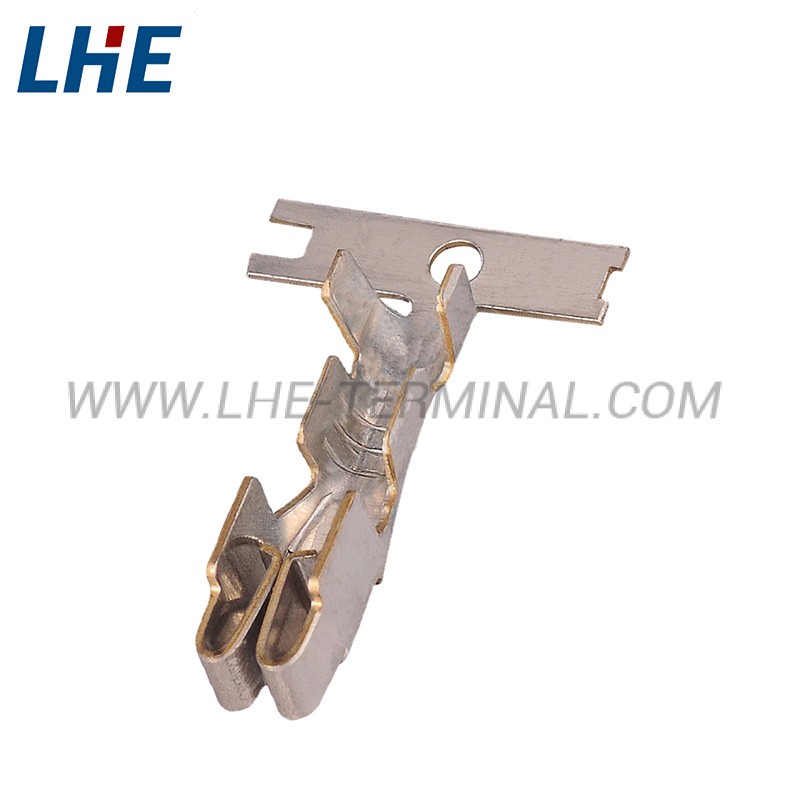At the beginning of the car, it was a purely mechanical product. There was no battery on the car, and the equipment on the car did not need electricity. In 1927, Bosch developed a lead-acid battery. Since then, the electronic equipment on the car has a reliable source of power. The development of large-scale integrated circuits has enabled the rapid development of automotive electronics, such as engine timing ignition control systems, electronically controlled fuel injection systems, automatic transmission control systems, traction control systems, electronically controlled suspension systems, electronically controlled seats, and electronically controlled windows. , instruments, electronically controlled air conditioners, automotive electronic stability control systems, etc., have gradually become an indispensable part of the car. Automotive electronic control technology has gradually developed and expanded, providing consumers with higher performance, more comfortable and safer travel tools.
Under the early distributed electronic and electrical architecture, each ECU is usually only responsible for controlling a single functional unit, which is independent of each other and controls the engine, brakes, doors and other components. The common ones are the engine controller (ECM), transmission system controller (TCM), brake controller (BCM), battery management system (BMS), etc. Each ECU is connected together through a CAN (Controller Area Network) bus or a LIN (Local Interconnect Network) bus, and exchanges information through a communication protocol predefined by the manufacturer.

















